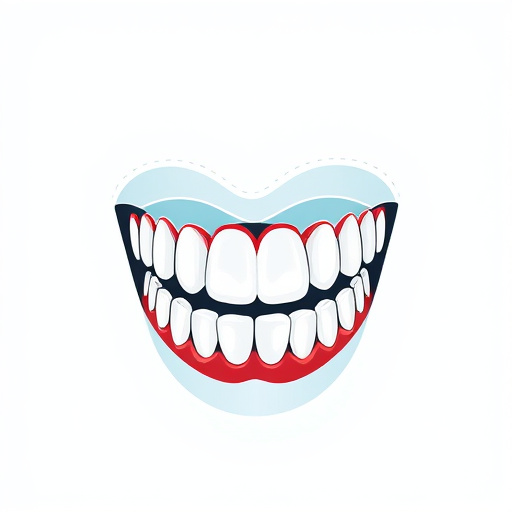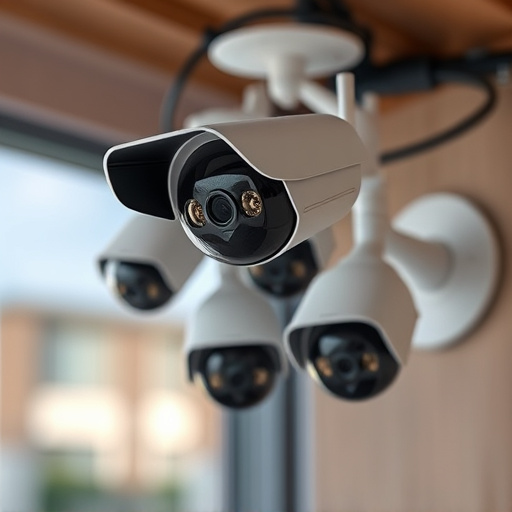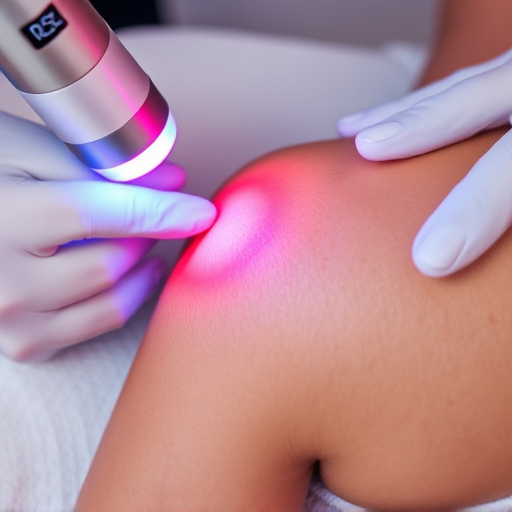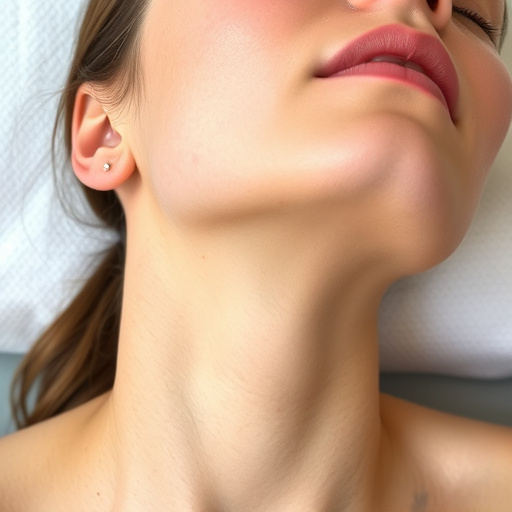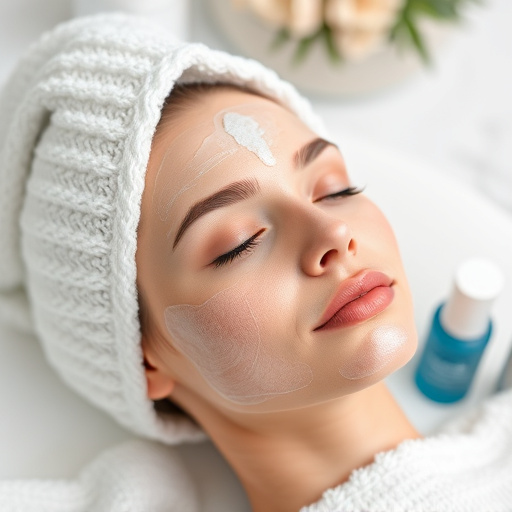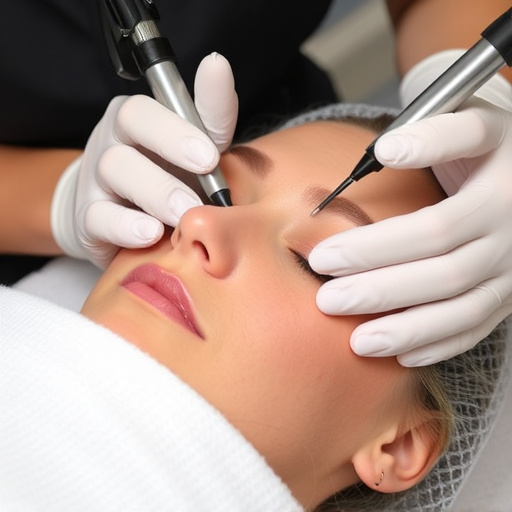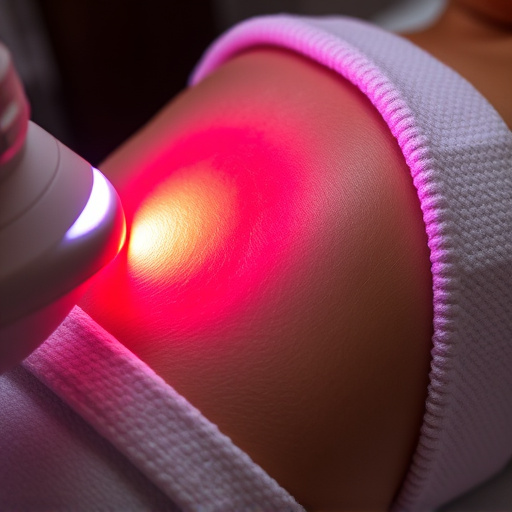Acne scars, caused by healed acne lesions, can be addressed through modern dermatology's advanced non-surgical techniques. Options include personalized skincare with retinoids, vitamin C, and salicylic acid, medical spa services like chemical peels and laser treatments, and non-invasive methods such as microneedling RNA. These approaches stimulate collagen production, smoothen texture, and even out pigment, providing noticeable improvements in a few visits with minimal downtime. Effective acne scar treatment requires realistic expectations, a gradual approach beginning with consultation, and consistent adherence to dermatologist advice between sessions for optimal long-term results.
Acne scars can leave lasting marks on one’s skin, but fear not! Advanced acne scar treatment options offer hope for achieving clear, smooth skin once again. This article explores effective strategies to tackle acne scars with visible results after just a few visits. From understanding the causes and types of scars to delving into cutting-edge treatments like fractional laser therapy and microneedling, we’ll guide you through every step, helping you achieve the flawless complexion you deserve.
- Understanding Acne Scars and Treatment Options
- Advanced Techniques for Effective Scar Reduction
- Expectations and Results: A Step-by-Step Approach
Understanding Acne Scars and Treatment Options

Acne scars are a common concern that can impact self-confidence and overall skin health. These scars form when acne lesions heal, often leaving behind indentations or rough textures on the skin’s surface. Understanding the various types of acne scars is crucial in selecting the most effective treatment approach. Hyperpigmentation, atrophic scars (such as icepick or boxcar scars), and keloid scars are some of the most prevalent types, each requiring tailored care.
Treatment options for acne scars have evolved significantly, offering hope for improved skin texture and appearance. Personalized skincare routines, incorporating active ingredients like retinoids, vitamin C, and salicylic acid, can help in reducing the depth and visibility of scars over time. Medical spa services, including chemical peels, microdermabrasion, and laser treatments, are also popular choices. These procedures work by stimulating collagen production, smoothing out skin texture, and evening out pigment, resulting in noticeable improvements after just a few visits. Additionally, non-invasive techniques like microneedling can enhance the penetration of topical treatments for wrinkle reduction and improved scar appearance.
Advanced Techniques for Effective Scar Reduction
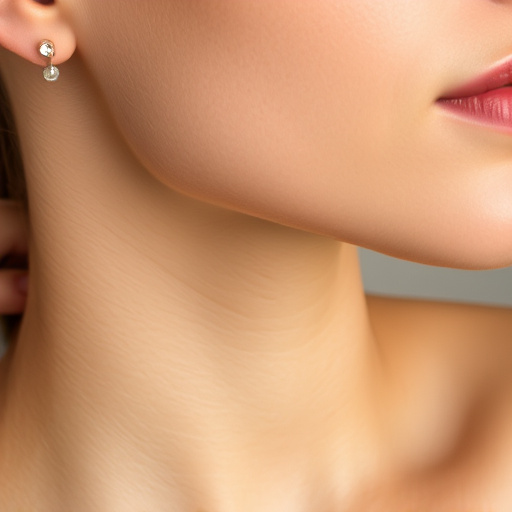
In the quest for effective acne scar treatment, modern dermatology offers a range of advanced techniques that deliver tangible results in just a few visits. Beyond traditional methods like chemical peels and laser hair removal, non-surgical treatments have emerged as game-changers. These innovative procedures utilize the latest technology to stimulate collagen production and gently reshape the skin’s surface, reducing the appearance of scars with minimal downtime.
One such technique involves microneedling, which creates tiny pricks in the skin to prompt a healing response that enhances the natural regeneration process. Another promising approach is microneedling RNA, combining microneedling with targeted RNA therapies to accelerate collagen synthesis and improve skin texture. These non-surgical treatments offer effective acne scar treatment options, providing patients with visible improvements without the extensive recovery periods associated with more invasive procedures.
Expectations and Results: A Step-by-Step Approach

When considering acne scar treatment, it’s important to set realistic expectations and understand that results are often a gradual process. This journey begins with a detailed consultation where dermatologists assess the extent of scarring and discuss suitable options tailored to individual needs. The chosen method could range from non-surgical treatments like chemical peels or microneedling to more advanced procedures such as laser therapy.
Each visit builds upon the previous one, focusing on specific goals—for instance, improving skin texture in the initial stages and subsequently addressing hyperpigmentation for a brighter, more even complexion. As treatment progresses, you’ll notice subtle changes, from reduced scarring to enhanced skin elasticity and overall rejuvenation. Remember that consistency is key; following the dermatologist’s advice between appointments ensures optimal results, leading to significantly improved skin quality over time.
Acne scars can be a source of embarrassment, but with advanced techniques like chemical peels, laser therapy, and microneedling, effective reduction is achievable. By combining these treatments with a consistent skincare routine, you can significantly improve your skin’s appearance in just a few visits. Remember, every individual’s journey to clear skin is unique, so consult a dermatologist to create a personalized plan for the best acne scar treatment results.
